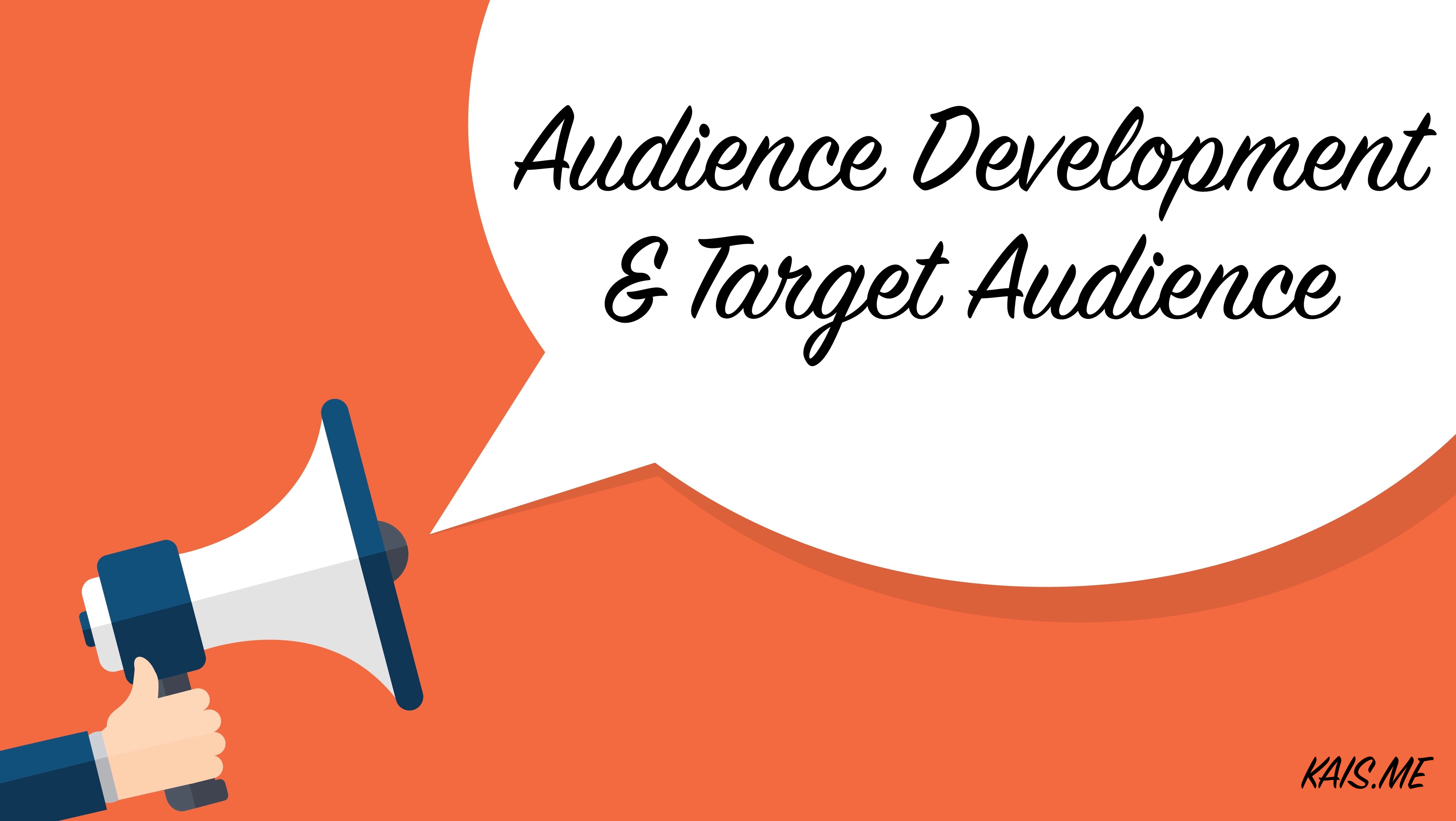Audience development is the process of attracting diverse people, with a variety of interests, and creating loyal followers towards a certain brand content. The main goal of audience development is for the brand to reach as many potential customers as possible without promotions or ads, but rather with engaging and relevant content. In other words, Audience development’s goal is to attract people to the brand hoping that they will interact with it or take an action, like sign up for the company’s newsletter or mailing list, but whether or not they do so is entirely up to them. One important thing to keep in mind when it comes to audience development is the fact that exposing or broadcasting the message to a larger audience will help ensure that the targeted segments will be reached and possibly be engaged or take action.
Target audience is a group of people with shared characteristics, like demographics, who are most likely will be interested in the company’s products or services. Targeting the right audience helps the company achieve better Return on Investment (ROI) on their marketing campaign. For example, a landscaping company should not target people who lives in apartments as they have no interest in the services offered, but rather they should target those who live in houses.
Target audience is different that audience development since the recruiting efforts are targeted towards a specific set of people, whom might be interested in what the company has to offer, rather than broadcasting a message to diverse people, with a variety of interests, such as in the case of audience development. That being said, the two concepts are strongly related to each other, and one approach could useless to the company without the other. For instance, after developing the buyers’ personas, which are the profiles of the company’s ideal customers, the process of attracting people and creating loyal followers, i.e. audience development, begins then followed by targeting audiences based on their interests and demographics.
Useful Links and References:
- https://www.forbes.com/sites/christophercorrea/2012/07/31/what-is-audience-development/#35690d532ab1
- https://www.forbes.com/sites/forbesnycouncil/2018/03/09/four-audience-development-strategies-to-survive-facebooks-algorithm-change/#5e6a08f67104
- https://fatguymedia.com/inbound-marketing/target-audience/
